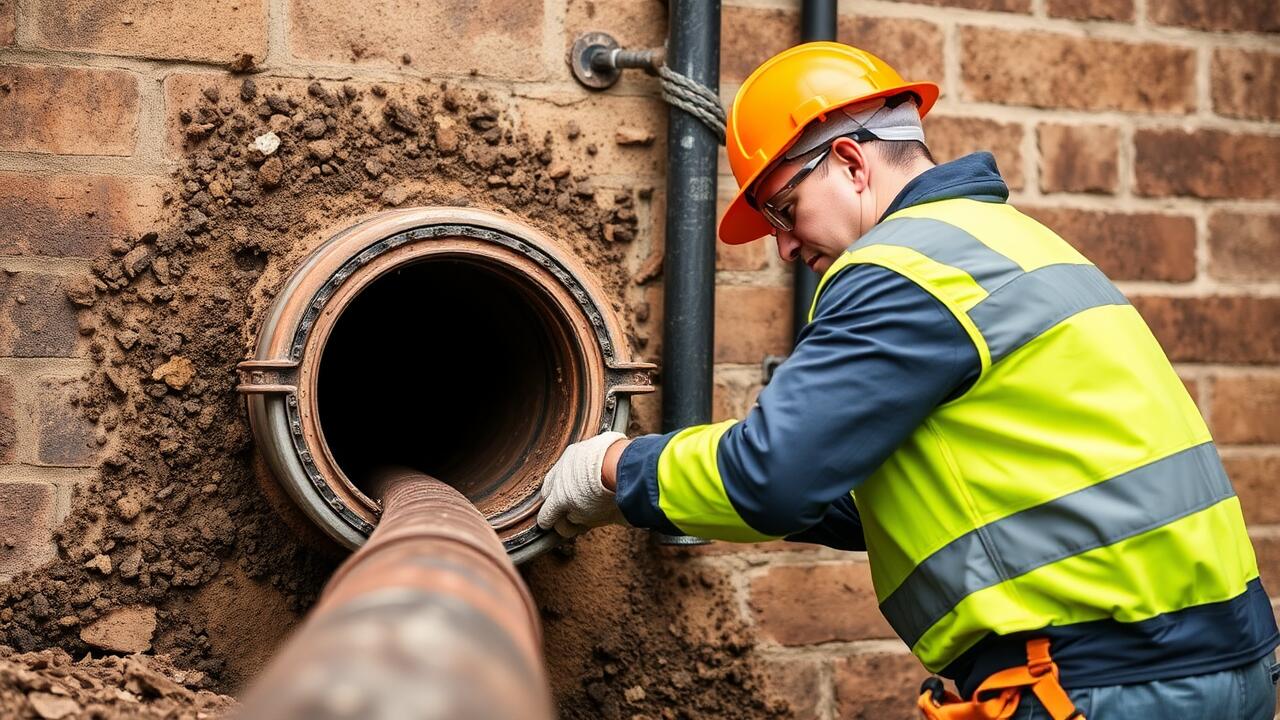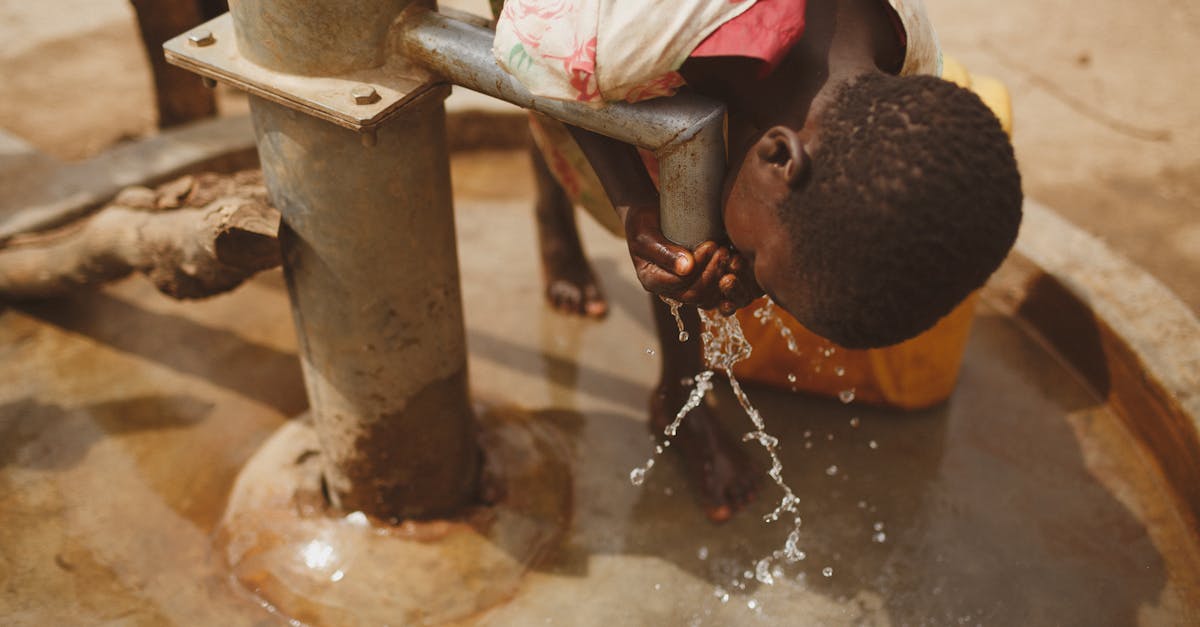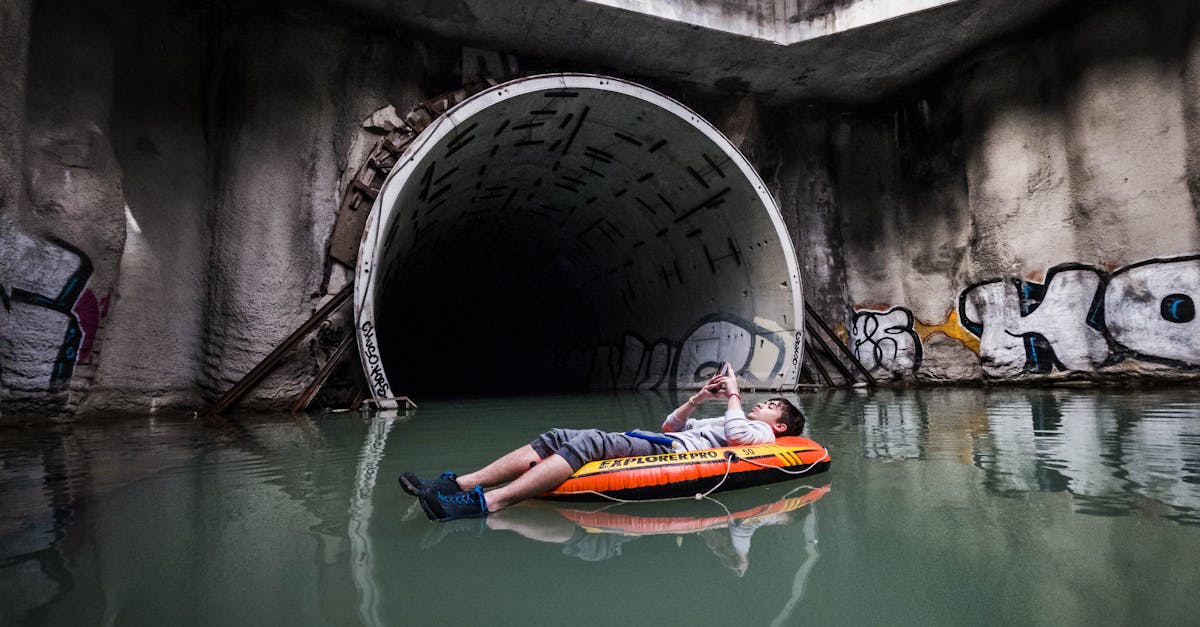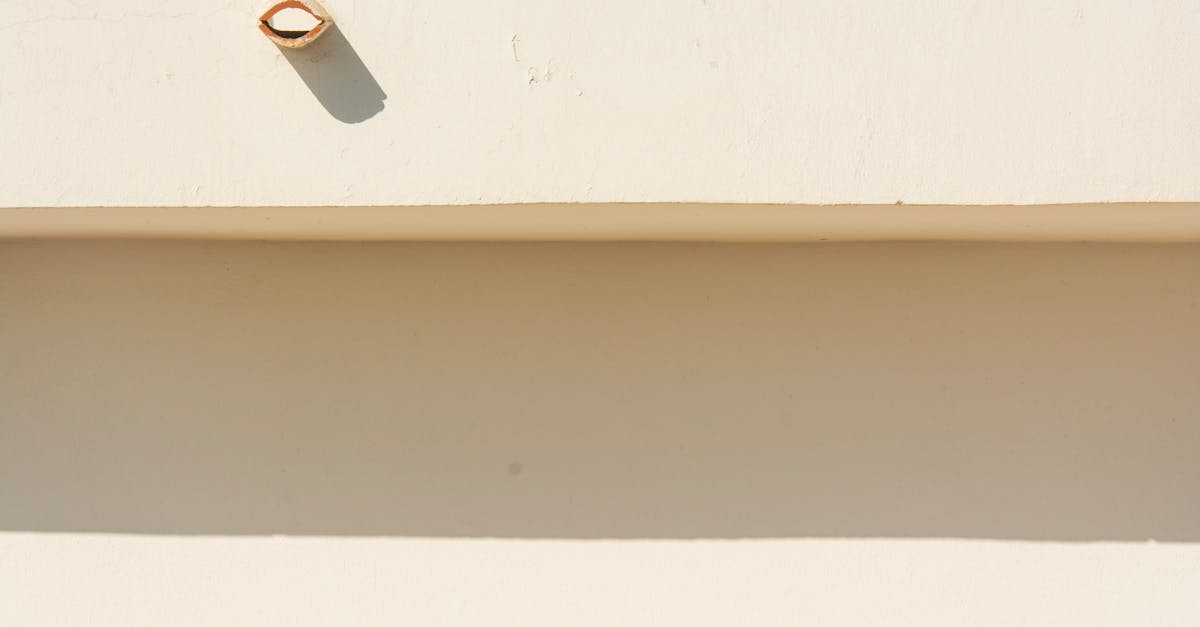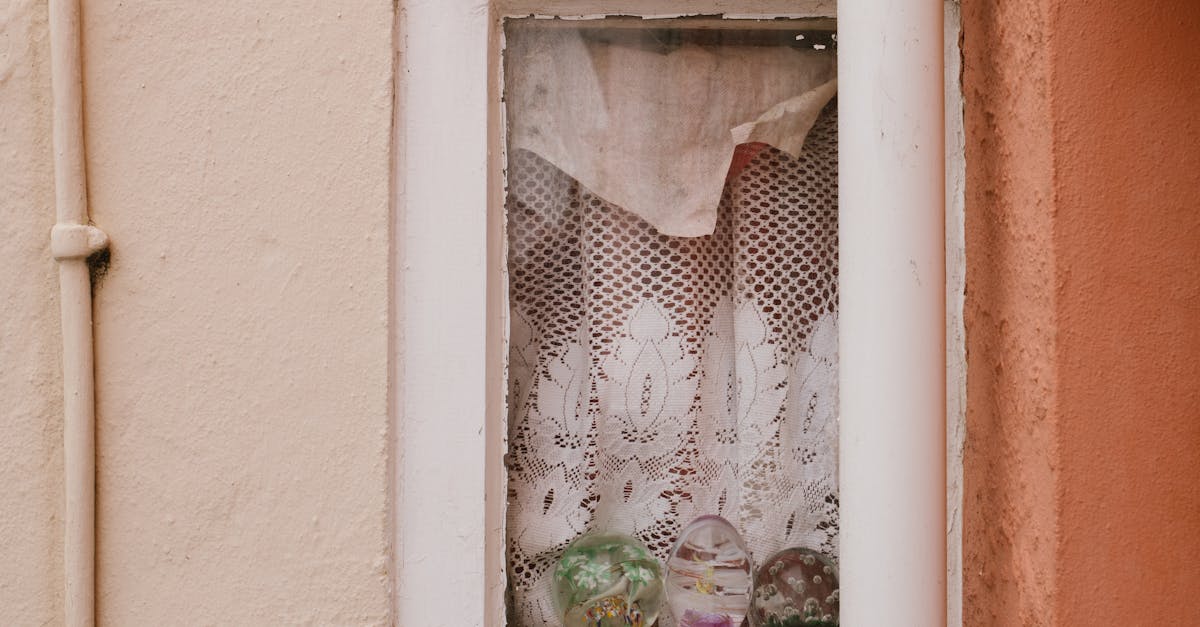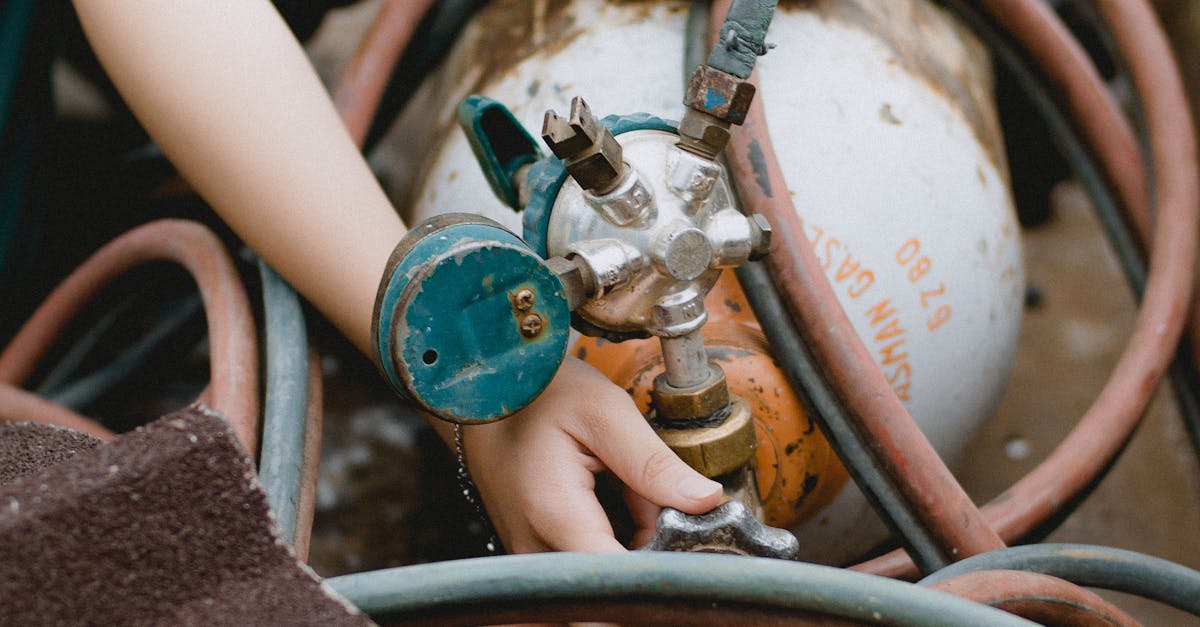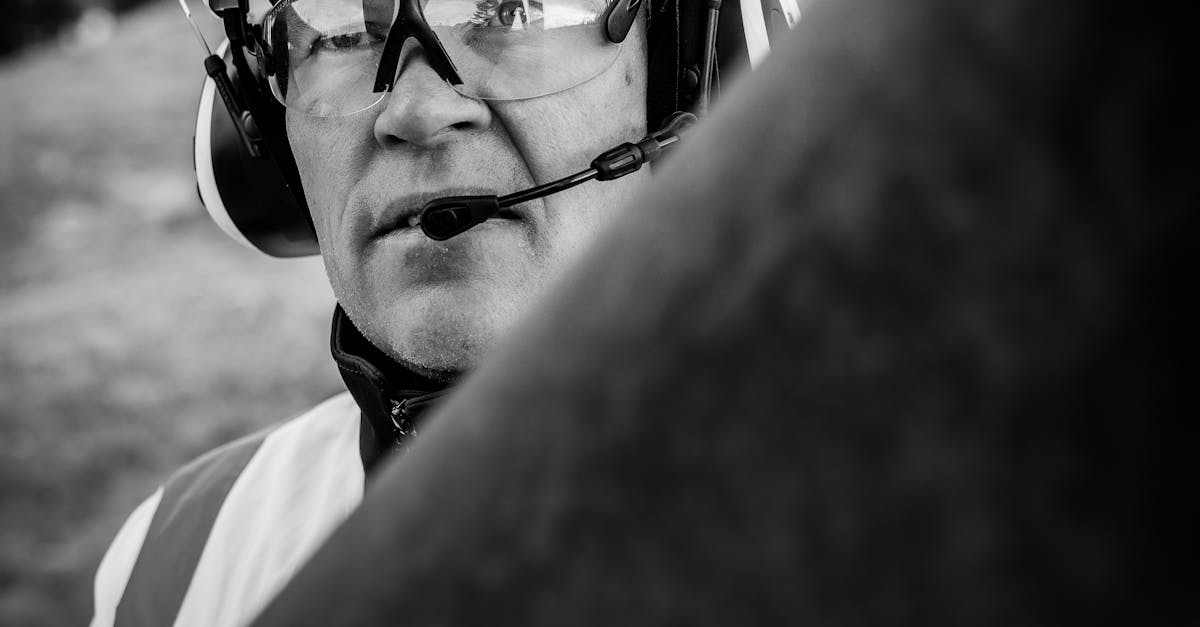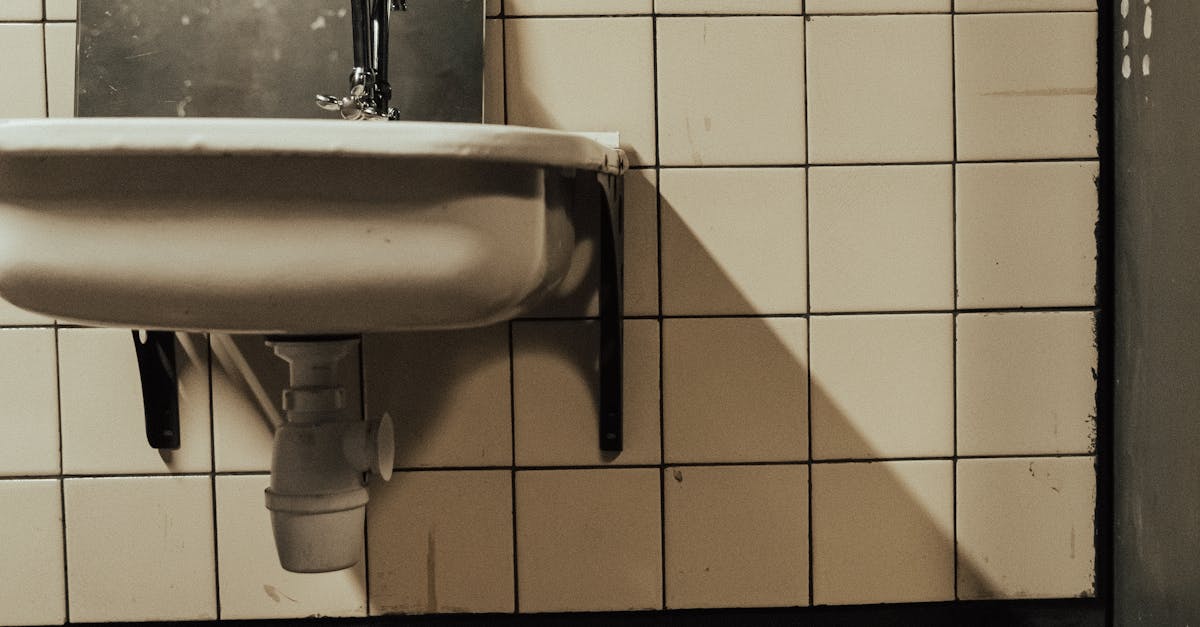
Table Of Contents
Choosing the Right Relining Material
Selecting the appropriate material for pipe relining is crucial for ensuring the long-term durability and effectiveness of the repair. Various materials are available, each suited to specific conditions and types of damage. For instance, flexible liners are often employed in areas requiring a high level of adaptability due to bends and curves in the pipe. Conversely, rigid materials can provide robust support in straight sections or for pipes that sustain significant external pressures.
It's also important to consider the environmental factors when choosing the relining material. Temperature variations, chemical exposure, and moisture levels can all impact the performance of the chosen material. Furthermore, local regulations may dictate the types of materials permitted for use. A thorough assessment of both the pipeline conditions and the intended application will guide the decision-making process, leading to more effective pipeline rehabilitation through pipe relining.
Types of Relining Materials Available
When selecting the appropriate materials for pipe relining, it's essential to consider the type of pipes being repaired and the specific conditions they face. Various options are available, including felt liners, epoxy resins, and polyethylene. Felt liners, often saturated with resin, conform to the shape of existing pipes, providing a robust and reliable solution. Epoxy resins, known for their strength and flexibility, offer excellent adhesion and resistance to corrosion, making them suitable for a wide range of environments.
Polyethylene liners are increasingly popular for pipe relining due to their durability and resistance to chemicals. They can efficiently handle high-pressure situations and prevent future leaks. Each material comes with its unique advantages and limitations, necessitating careful evaluation before making a decision. The right choice ultimately depends on factors such as the existing pipe condition, environmental conditions, and the specific requirements of the relining project.
The Relining Process
The relining process begins with a thorough inspection of the existing pipes. Utilising advanced technologies such as CCTV cameras allows for a clear view of any blockages or damage present. This step is crucial, as it helps determine the extent of repairs needed and ensures the appropriate methods are employed. Once the inspection is complete, any debris or obstacles within the pipes must be cleared to create a clean surface for the new lining to adhere to.
After preparation, pipe relining involves inserting a flexible liner coated with a resin into the damaged pipes. The liner is then inflated, allowing it to conform to the shape of the existing pipe. As the resin cures, it hardens and forms a durable, watertight barrier. This new lining not only reinforces the structure of the pipe but also extends its lifespan while minimising disruption to the surrounding area.
StepbyStep Procedure
The pipe relining process begins with a thorough inspection of the existing pipes. This step often involves using CCTV cameras to identify any cracks, blockages, or extensive damage. Accurate assessment ensures that the relining material can effectively address all issues. Once the condition of the pipes is confirmed, the preparation phase can commence. This involves cleaning the interior surfaces using high-pressure water jetting or mechanical cleaning methods to remove debris, corrosion, or any existing lining material. Proper cleaning is crucial for the adhesion of the new lining.
Following the cleaning, the next stage entails the application of the relining material. Typically, a flexible resin-soaked liner is pulled into the damaged pipe section. The liner is then inflated to fit snugly against the interior walls of the pipe. Heat or UV light is subsequently applied to cure the resin, hardening it into a durable, seamless pipe within a pipe. This method enhances the structural integrity of the existing pipeline and prevents future leaks or blockages. Once the curing process is complete, the end result is a reinforced, long-lasting solution that revitalises the ageing infrastructure.
Safety Measures During Preparation
Ensuring safety during the preparation for pipe relining is paramount to protect the crew and the surrounding environment. Personnel should wear appropriate personal protective equipment (PPE) including gloves, helmets, and eye protection. Additionally, conducting a thorough risk assessment before commencing work helps identify potential hazards associated with the specific site and materials involved in the relining process.
Proper ventilation is crucial, especially when working with materials that emit fumes or odours. If working in confined spaces, ensure that the area is well-ventilated to prevent the accumulation of hazardous gases. Implementing safety protocols such as isolation of the work area and using warning signs can further minimise risks during the pipe relining preparation. Regular training sessions on safety measures will also enhance awareness and preparedness among team members, ultimately fostering a safer work environment.
Essential Safety Protocols
Ensuring safety during pipe relining is paramount for both workers and the surrounding environment. Appropriate personal protective equipment (PPE) should be worn at all times to mitigate hazards. This includes safety goggles, gloves, and high-visibility clothing. Adequate ventilation is also critical to prevent the accumulation of fumes, especially when using chemical resins. An assessment of the worksite should be conducted to identify potential risks such as uneven surfaces or overhead hazards.
Clear communication among team members enhances safety protocols significantly during the preparation phase of pipe relining. Workers should be briefed on the specific dangers associated with the materials and processes involved. Emergency procedures must be established in advance, ensuring that all personnel know the steps to take in case of an accident. Regular safety meetings can reinforce these protocols and keep safety at the forefront of daily operations, fostering a culture of awareness and responsibility.
FAQS
What factors should I consider when choosing relining materials?
When choosing relining materials, consider factors such as the type of pipe being relined, the operating conditions, the material's compatibility with existing pipes, and the expected lifespan of the relining solution.
What are the different types of relining materials available?
The main types of relining materials include epoxy resins, polyester resins, and thermoplastic liners, each with unique properties suited for different applications and pipe conditions.
Can you outline the main steps involved in the relining process?
The main steps in the relining process include inspecting the pipes, preparing the surface, selecting the appropriate relining material, applying the material, and allowing it to cure before testing for leaks.
What safety measures should be taken during the pipe preparation process?
Essential safety measures include wearing appropriate personal protective equipment (PPE), ensuring proper ventilation, following manufacturer instructions, and being aware of potential hazards associated with the materials used.
How long does the relining process typically take?
The duration of the relining process can vary based on the size and condition of the pipes, the type of relining material used, and environmental conditions, but it generally takes anywhere from a few hours to several days to complete.
